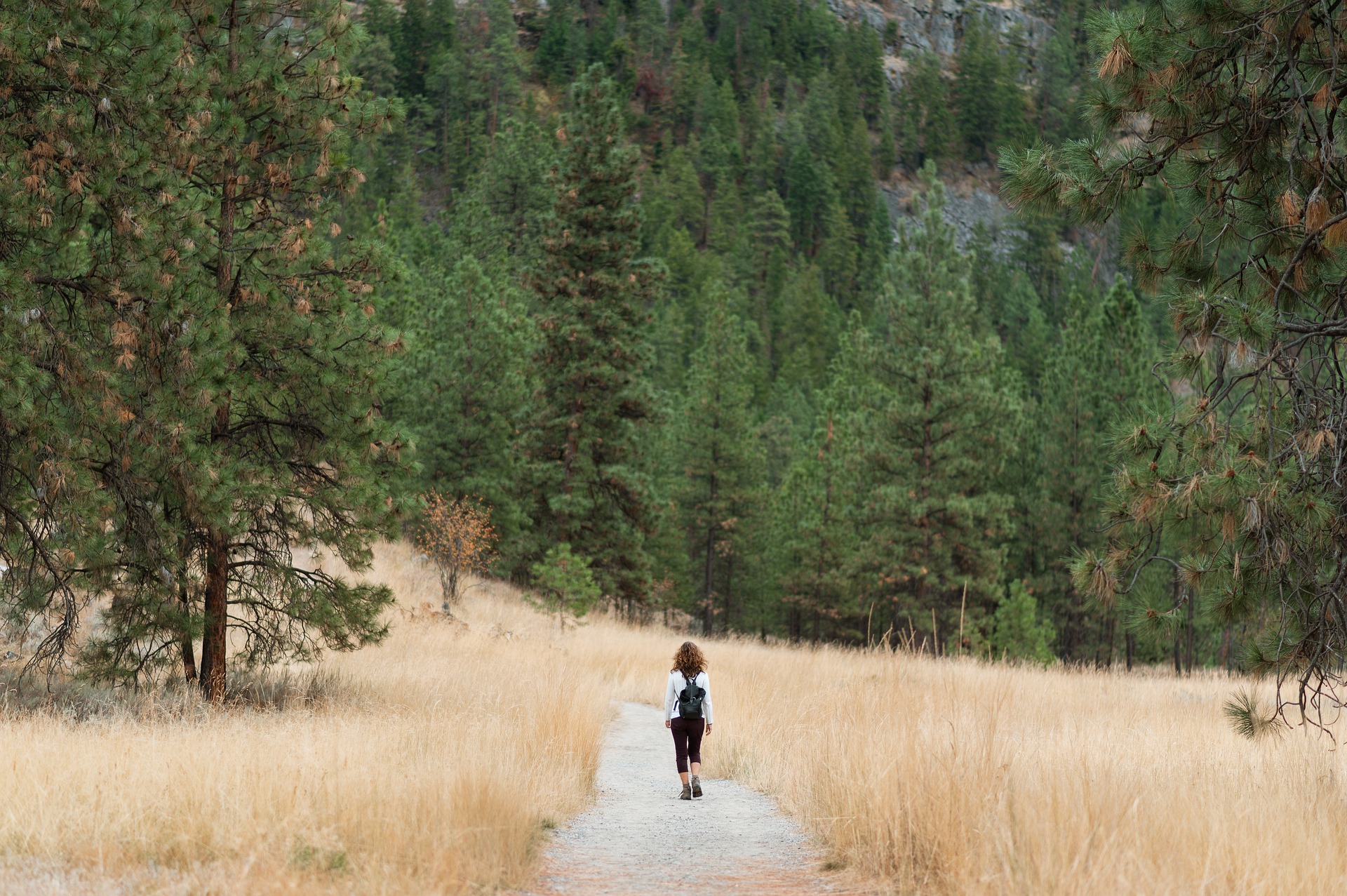Unveiling the Health Potential of Forest Bathing
Have you ever taken a moment to close your eyes, breathe deeply, and absorb the harmonious symphony of sounds in a forest? This simple act of immersing oneself in the natural environment, known as forest bathing, is more than just a peaceful experience. It’s a wellness practice with a myriad of potential health benefits. This article will delve into the origins, science, and practical applications of forest bathing.

From Humble Beginnings to a Worldwide Phenomenon
Forest bathing, or Shinrin-Yoku in Japanese, was introduced in Japan in the 1980s as a response to the stressful urban lifestyle. The term translates to “taking in the forest atmosphere” or “forest bathing”. Since then, it has gained global recognition and has been incorporated in many wellness programs.
A Closer Look at the Science Behind Forest Bathing
What was initially a cultural practice has now been backed by scientific studies. Research has shown that spending time in a forest can significantly lower cortisol levels, the body’s primary stress hormone. Other studies have indicated that forest bathing can improve mood, focus, and sleep, and even strengthen the immune system.
The Practice of Forest Bathing: Benefits and Precautions
Forest bathing is more than just a walk in the woods. It involves soaking in the surroundings through all your senses - sight, hearing, taste, smell, and touch. While forest bathing is generally safe, it’s crucial to be mindful of the natural environment and its potential risks, such as ticks or poisonous plants.
The Verdict: How Credible is Forest Bathing?
While forest bathing is not a cure-all solution, its benefits are promising. However, it’s essential to approach the practice with a balanced perspective. Not all findings are conclusive, and more research is needed to fully understand its long-term health impacts.
More Than Just Trees: Additional Insights on Forest Bathing
-
Forest bathing doesn’t necessarily require a forest. Any natural environment, such as a park or a garden, can provide similar benefits.
-
The practice is not about physical exercise. It’s about being present and connecting with nature.
-
Research suggests the positive effects can last up to a month after a single forest bathing session.
In conclusion, forest bathing is a unique wellness practice that offers an opportunity to reconnect with nature and improve various aspects of health. As we continue to navigate the challenges of modern life, such practices can serve as valuable tools in our wellness arsenal. However, it’s essential to remember that a holistic approach to health involves a balance of different wellness strategies tailored to individual needs and circumstances.





